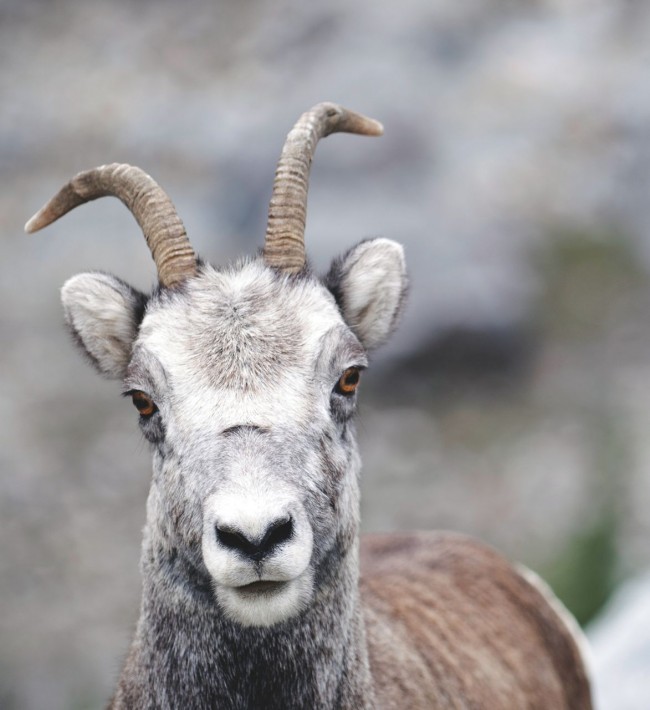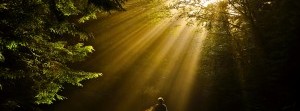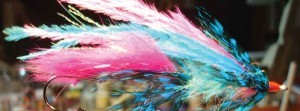
Chasing after wildlife: A new Canadian experience
“Oh my god,” Romina screamed. “What the heck is that?”
Coming around the only blind corner of the Fort St John community forest trail, I did not expect to find my wife face-to-face with a 500-pound cow moose, but I’m not too surprised. After all, this same moose and her pair of two-year-old calves are known guardians of Fort St John’s public trail network. But they normally yield the right of way to pedestrians.
Something about the way she was swinging her head back and forth while grunting strange noises set off my internal Canadian alarm. This animal is not happy, and we need to get out of the way! As the moose began scraping her leg back and forth along the gravel path, the same way I imagine a bull prepares to charge its matador, I knew I needed to act fast. I pushed my wife behind a pine tree and watched as the moose barreled past.
“It was a moose,” I replied, finally, “and that was too close!”
Thirty seconds after Romina had seen her first moose, we were back on the trail, walking towards home, each thinking our own thoughts about the same near miss.
A life of wildlife
Like many northern residents, I grew up around wildlife. On road trips, my parents kept my mind busy by designating me as animal watch. I would strain against my seatbelt to peer through the windshield. At the first sight of wildlife, I would shout to get them to slow down. ICBC can confirm my not-quite perfect record; I failed twice.
I’ve also chased mule deer through fields just to get them to hop like a Pepé Le Pew, awakened to find a moose in the backyard, and watched my dog chase a handful of black bears. I’ve had buffalo invade remote worksites, and three wolves once confused me for prey and stalked me across a field.
So a near miss with a moose was not enough to faze me, and I never thought to mention it to anybody.
For Romina it was different. She hails from Mendoza, Argentina, where only llama-like guanaco and ostrich-like rheas wander in the wilderness. Pumas may lurk in the nearby Andes but she has never even met the friend of a friend who has had an encounter. The only wildlife easily viewed is the Andean Condor. Large, to be sure, but never close. Now moose were running her down within city limits. I heard her describe the encounter in rapid-fire Spanish and nervous laughter to her parents on a Skype video call later that night.
Soon after that first moose encounter, Romina immigrated to Canada and we now live in Jasper. The park is rich in wildlife and wildlife seekers, and Romina’s luck with first sightings has continued. Moments after entering Jasper National Park for the first time, she saw a giant bull elk struggling across the road just as a park warden shot the injured animal.
Not all her initial sightings carry negative memories, though. Landing her first salmon took only a single cast, her first bighorn sheep walked out and licked the grime from our car, and bald eagles soared at a safe distance.
The long way home
Like many Jasper residents, I’ve taken to considering elk a nuisance and mountain sheep a road hazard. Despite several local horror stories, I do not put much stock in wolf encounters. I have all but quit noticing routine sightings and remain fixated on the exceptional: mountain goats, caribou, and mountain lions.
Romina is just amazed by everything. Whether it’s a fox playfully skirting the edges of the outdoor skating rink or an elk doing its best to mow our front lawn, I’ll find her snapping photos to send to her family back home. Twice she’s had to walk the long way home from work. On the first occasion, it was a rutting bull elk that refused to concede even a sliver of sidewalk and left her backtracking. On the second it was a skittish coyote that alternated between running away and running towards her that forced her to duck down an alley and scurry home.
Whenever we have the chance, we skip town in an attempt to find bigger game for Romina’s list. We returned to Fort St John under the pretense of visiting my family. Really, we just wanted an excuse to use their ATVs and head into the Muskwa-Kechika wilderness area near Duhu Lake to see woodland caribou. We also drove north all the way to the Liard River hot springs to soak in the pools and spot bison on the roadside. Passing through Hudson’s Hope, we got lucky and spotted a lynx just before it dove into the roadside brush.
We have seen plenty of mule deer along the roadsides, too. Romina still marvels at their big ears and playful run, but I heed them only enough to insure they do not step into traffic.
Bears soon became both her favorite sighting and biggest fear. While the thought of any bear outside the tent makes for a fitful sleep, they really are amazing animals to see in the wild. I figured Romina just needed to have a close encounter to settle her mind, so we headed north.
In search of bears
I was stoked. Having seen only a handful of grizzly bears in the wild, I knew Fish Creek in Alaska’s Tongass National Forest wouldn’t disappoint us. The bear-viewing platform has put both Hyder, Alaska and Stewart, BC on the roadmap, and for good reason.
Romina was just scared. Flashbacks to a normally docile moose charging her in Fort St John left her vivid imagination drawing up a morbid encounter with a grizzly. In her mind, the viewing platform seemed to hold humans captive as much as it holds bears at bay. I reminded her of the easy dinner found in the creek teeming with salmon.
Arriving in a cold predawn rain, we joined a handful of tourists, all wielding cameras with cannon-sized lenses, on the wooden platform. Huddling beneath an umbrella, we watched the creek.
One hour passed. Then another. No bears; nothing but rotting salmon carcasses. Finally we gave up and started for the gate. Just then a grizzly walked out of the bush and down the road toward the viewing platform.
As the word “Bear!” rippled its way through the crowd, people herded towards the gate to see for themselves. They pressed in behind us, shoving their way closer for a better view and trapping us against the railing. Romina slid behind me and peered over my shoulder as the bear continued to advance in our direction.
It was my turn to be afraid. I couldn’t move, and this bear was walking straight towards me. Its long nails left marks in the gravel. Its nostrils flared to identify the competing smells: rotting salmon and unshowered tourist. It huffed. It growled. It walked within two metres.
Finally, it ducked below the platform to the water’s edge and grabbed a salmon. At last, I let out my breath.
“It was a grizzly bear,” Romina chuckled, “and that was too close!”



